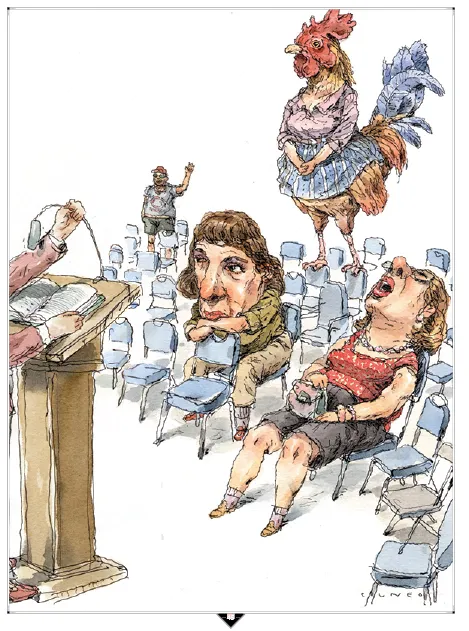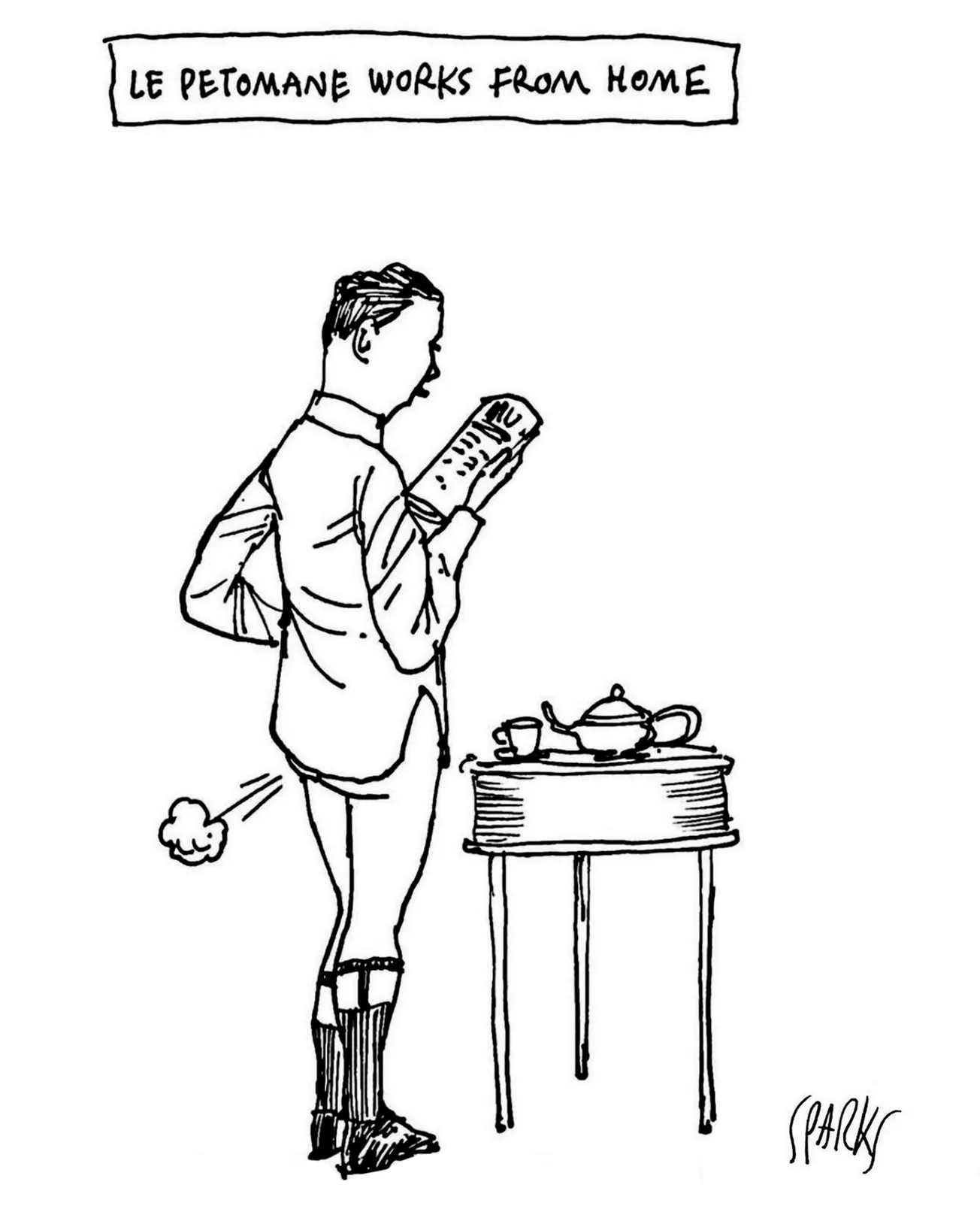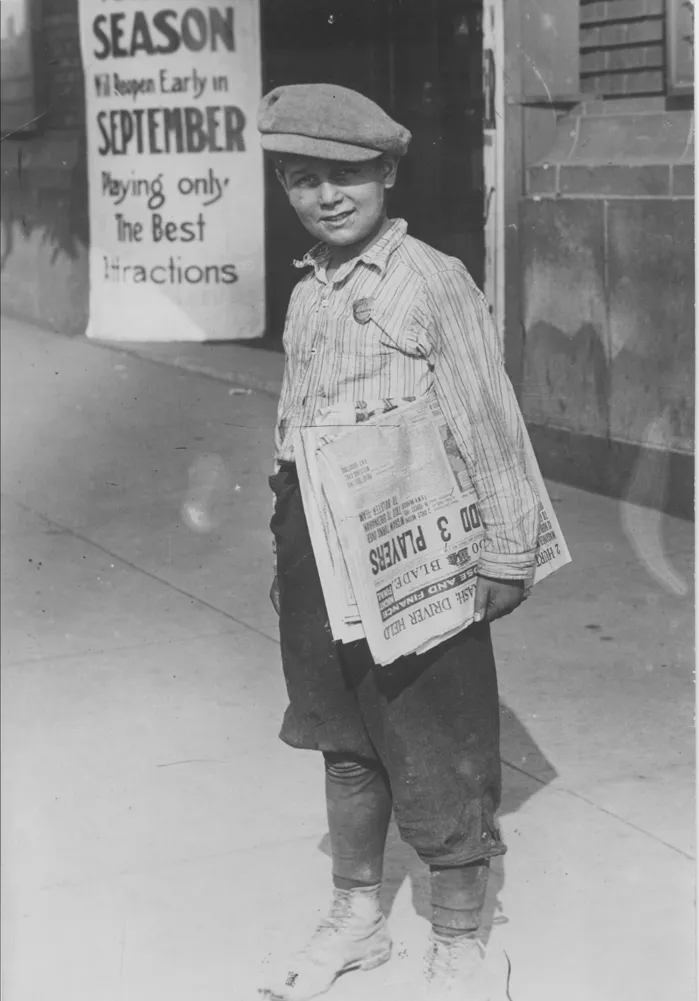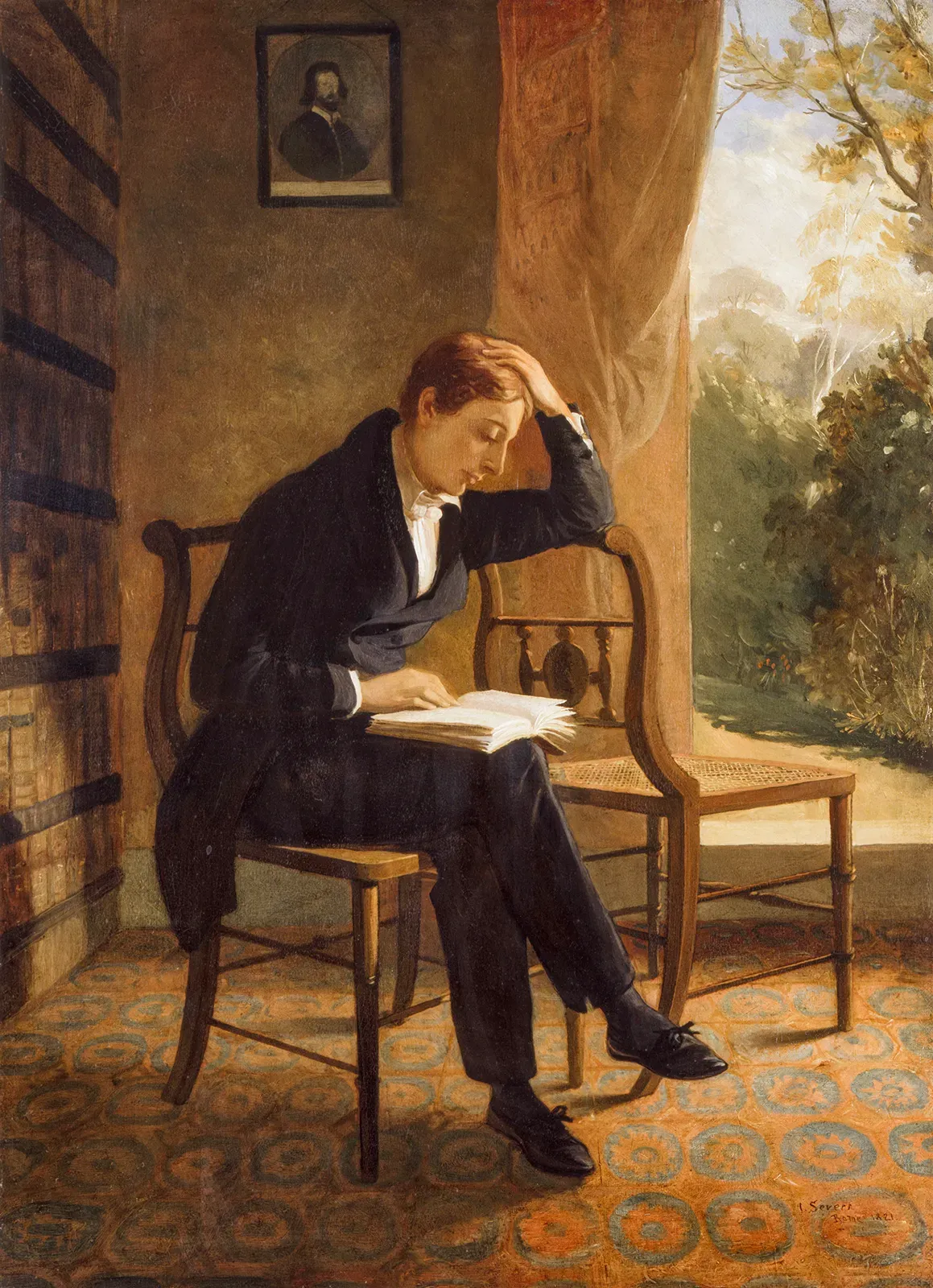There is a moment each May when the urgency of the season begins to fade. The trees have leafed out in full, the calendars have quieted and the long afternoons seem to stretch sideways rather than forward. Without meaning to—without looking for it— we begin to notice what hasn’t been done.
The unfinished things reappear—not with judgment, but with a certain persistence. The book you meant to finish last winter is still on the sidetable. A letter sits unaddressed. There are conversations you haven’t resumed, and repairs that never made it onto this season’s list.
This is the time of year when momentum gives way to pause. And in that pause, we are confronted by what remains open. This week, we spend a little time with what has been left undone.
Loose Ends and Other Credentials
Some people are good at finishing things. They complete their projects, close the loops, and follow through with admirable consistency.
The rest of us live among remnants.
We carry notebooks filled with half-developed ideas and drawers that house objects awaiting repair. We save articles we don’t read, leave tasks mid-sentence, and make promises to ourselves that begin sincerely and end quietly.
We are often taught to see these patterns as failures, but in truth, unfinished business is simply a record of living. It reveals the places where our attention shifted, where we ran out of energy or time or interest, or where the world asked something different of us than we expected to give.
Some projects remain incomplete because we outgrew them. Others stalled because we lacked the right tools, the necessary clarity, or the conditions to proceed. Still others persist because we were never quite convinced we wanted to do them in the first place.
And yet, these fragments continue to trail behind us. They shape our environments and our sense of time. They remind us who we were, and sometimes suggest who we are becoming. Completion is satisfying, certainly, but it is not always the most honest measure of a thing’s worth.
Recommendations
Book: “A Sport and a Pastime” by James Salter In this lucid, elliptical novel, a young man recalls—or invents—a love affair in the Burgundy region of France. Salter’s prose is elegant and precise, yet always slightly elusive, as if the story itself prefers suggestion to certainty. It is a novel about desire, imagination, and the distances between memory and fact. Few books capture the haunting beauty of what is never fully grasped.
Film: “The Last Picture Show” (1971, dir. Peter Bogdanovich) Set in a declining Texas town, this quietly devastating film explores adolescence, disappointment, and the ache of things left behind. Its characters are caught between departures and returns, between what was promised and what remains. The movie does not resolve so much as endure, like a story told by someone who is still trying to understand it.
Audio: “Sketches for My Sweetheart the Drunk” – Jeff Buckley This posthumous collection of recordings offers an intimate look at an artist in transition. The songs are often raw and incomplete, full of invention and tension. They reveal a process rather than a product—a voice still searching, still experimenting, still turning toward something not yet defined.
Closing Note
To accumulate unfinished business is not a flaw in character; it is part of how we live. The world does not present itself in neat chapters, and we are not required to bring every idea to conclusion in order for it to have mattered.
The fragments we carry often reflect our best attempts—our desire to try. Sometimes they are simply waiting for the right time. Other times, they remain open so we can remember what it felt like to start.
This week, give your attention to what remains incomplete. Not to solve it, necessarily, but to let it speak. The unfinished is often the most alive.
Marginal Extra From Joan Didion, On Keeping a Notebook:
“We are not talking here about the kind of notebook that is patently for public consumption... but something private, about bits of the mind’s string too short to use, an indiscriminate and erratic assemblage with meaning only for its maker.” (Slouching Towards Bethlehem, Farrar, Straus and Giroux, 1968)
Issue 30 is on press.
To edit your newsletter preferences, visit online.americanbystander.org/newsletters. To browse the store—including our quietly popular “Print Forever” tee—head to theamericanbystanderstore.com.






